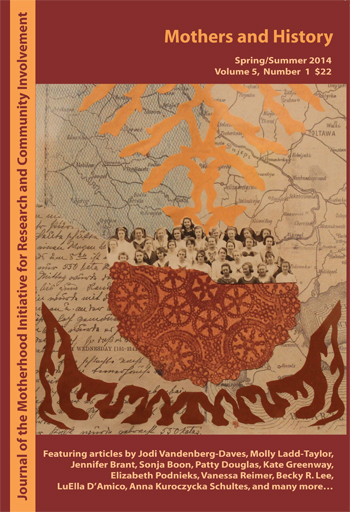Medicalization of Motherhood: Modernization and Resistance in an International Context
Abstract
Traditionally, women’s experiences formed the basis of respected mothering practices which were seen as either part of a woman’s innate knowledge, or taught her by herown mother and other female relatives and friends. As scientific and technical expertisegained in prominence throughout the nineteenth century, increasingly womenwere told that they required scientific and medical knowledge in order to raise theirchildren appropriately and healthfully. The ideal model now became the “scientific mother.” This paper analyzes the evolution of scientific motherhood from its earliest manifest in which women were expected to learn from modern scientific and medical knowledge, through the middle decades of the twentieth century during whichmothers were viewed as incapable of such learning and were expected to follow the directions of their physicians, through the end of the century when women demanded recognition of their capabilities. Scientific motherhood affected and was affected byparticular mothers very differently over time and place, across race and ethnicity,shaped most crucially by women’s economic ability, education, and geographic location.It was not equally available to all women, nor was it totally embraced by allwomen. What is critical for this analysis of scientific motherhood in international context is the general trend that, overtime, women’s role in decision-making abouttheir children’s health and welfare was increasingly denigrated as the role of scientifically medically trained men was elevated. The paper traces out a number of thehistorically shifting power and gender relationships as women embraced, resisted,and redefined scientific motherhood.Downloads
Published
How to Cite
Issue
Section
License
All intellectual property in relation to material included on this site belongs to the Motherhood Initiative for Research and Community Involvement (MIRCI). All material on this site is protected by Canadian and international copyright and other intellectual property laws. Users may not do anything which interferes with or breaches those laws or the intellectual property rights in the material. All materials on the Motherhood Initiative for Research and Community Involvement (MIRCI) are copyrighted and all rights are reserved. Any reproduction, modification, publication, transmission, transfer, sale, distribution, display or exploitation of the information, in any form or by any means, or its storage in a retrieval system, whether in whole or in part, without the express written permission of the Motherhood Initiative for Research and Community Involvement (MIRCI) is prohibited. Please contact us for permission to reproduce any of our materials. This site may include third party content which is subject to that third party's terms and conditions of use.


